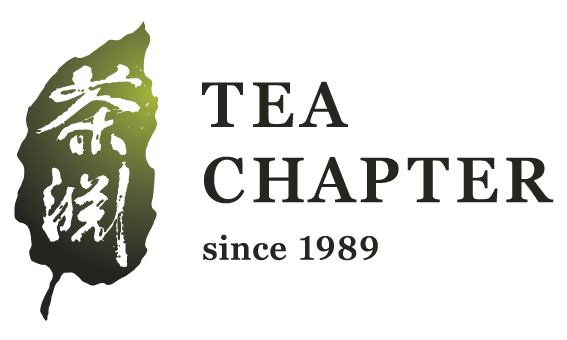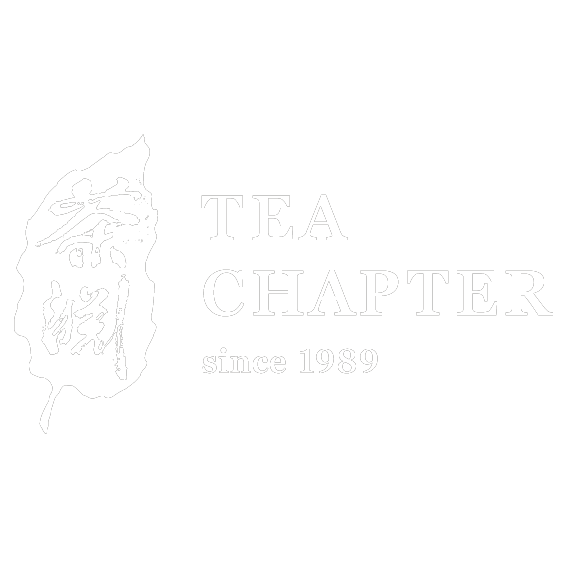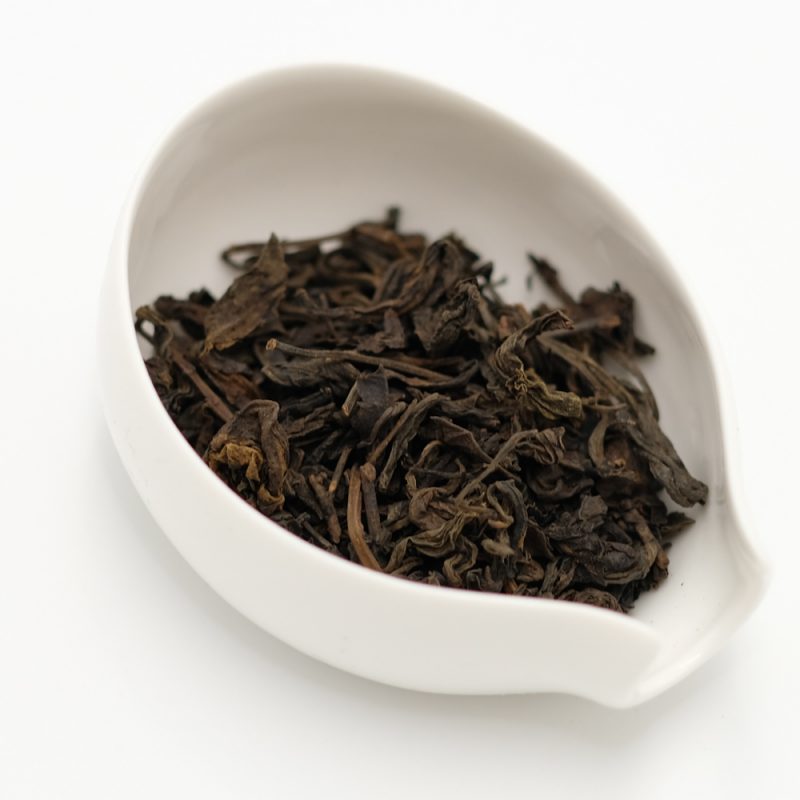Pu er tea is a fermented Chinese tea that varies in taste depending on the region where it is grown and the year it was produced.
Pu er is produced in a very unique way. The leaves are wilted under limited amounts of sunlight before being tightly compressed with other leaves to create dark-colored bricks. They are then aged for months or years, giving them their distinctive flavor.
There has been some concern among Pu er connoisseurs that the increased production of this tea will eventually lead to less quality as producers try to keep up with demand.
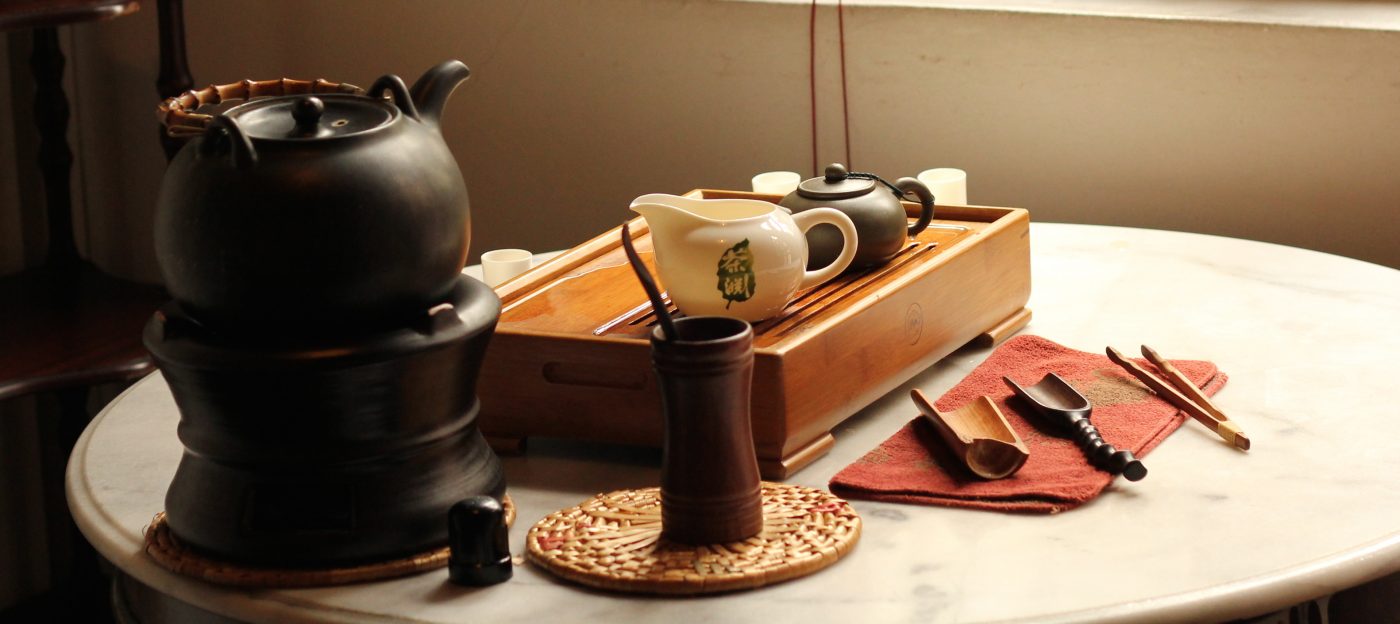
The Major Types of Pu Er Tea
Young Pu Er
Young raw pu er tea is a good choice for those looking for a more natural and organic tea. It is harvested earlier in the season, which makes it more rare and provides a smoother taste.
Young raw pu er doesn’t need to undergo the traditional fermentation process and can be enjoyed when it’s still green. While some prefer it as an iced tea, others brew it traditionally without any additives like milk or sugar.
Aged Pu Er
Aged pu er is a type of tea that is made by fermenting raw pu er tea leaves. The fermentation process changes the color and flavor of the tea.
Aged Pu Er is often very expensive, with some types costing up to $2,000 a pound! It was traditionally mainly reserved for imperial families and high-ranking officials in ancient China.
Ripe Pu Er
Ripe Pu Er tea is similar to aged Pu Er tea. It is characterized by a pungent earthy flavor, and has a very high caffeine content.
Ripe Pu Er tea is made of dark tea leaves that have been stored for many years before being plucked and processed for consumption. The leaves are then rolled into tight balls and covered with a thick layer of fuzzy white mold (called “yu” in Chinese) which gives the leaves its scent and taste. The process can take more than 5 years to complete, with the quality depending on how long the leaf has been stored in the warehouse for aging purposes.
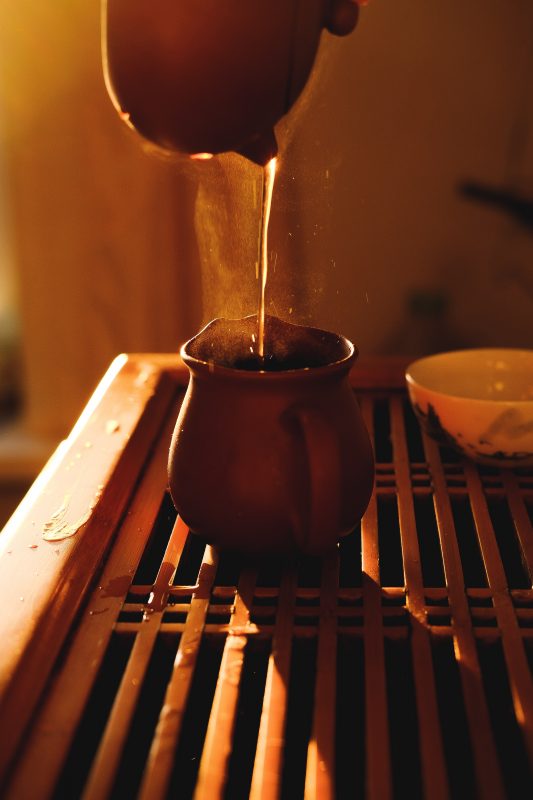
What Makes Pu Er a Unique Tea Experience?
Pu Er is a unique tea experience because it has a long history in Chinese tea culture, as well as an interesting taste that goes beyond just sweet and bitter.
Pu Er tea is produced in Yunnan province, China. It’s the most expensive type of tea on earth with prices ranging around $1,600 per kilo for the highest quality to more than $600 for the lowest quality.
It’s best served at room temperature using ceramic cups that are warmed before pouring. The drinker should look for three characteristics: fragrance, sweetness and bitterness.
Brewing the Perfect Cup of Pu Er Tea
The perfect cup of Pu Er Tea is a delicate balance of tea leaf and water. The tea leaves are steeped in hot, but not boiling water, for around half an hour. The high quality leaves will produce a dark amber liquor with a heavy body and earthy aroma.
The best way to brew the perfect cup of Pu Er Tea is to boil the desired amount of water (4-8 cups) in a pot or kettle. Pour the boiled water over your desired amount of tea leaves into a teapot, then steep for about 30 minutes.
Pairing Pu Er Tea With Food and Other Drinks
The variety of flavors in this type of tea lets it be paired with a variety of foods and other drinks. White Pu Er goes well with foods that are light and sweet while red Pu Er goes well with richer foods like desserts.
Many people drink Pu Er tea alongside their meals. The pairing depends on the type of food but a good rule to follow is not to drink anything acidic or spicy such as wine or coffee together with the tea because they will have a negative effect on each other’s taste and health benefits.
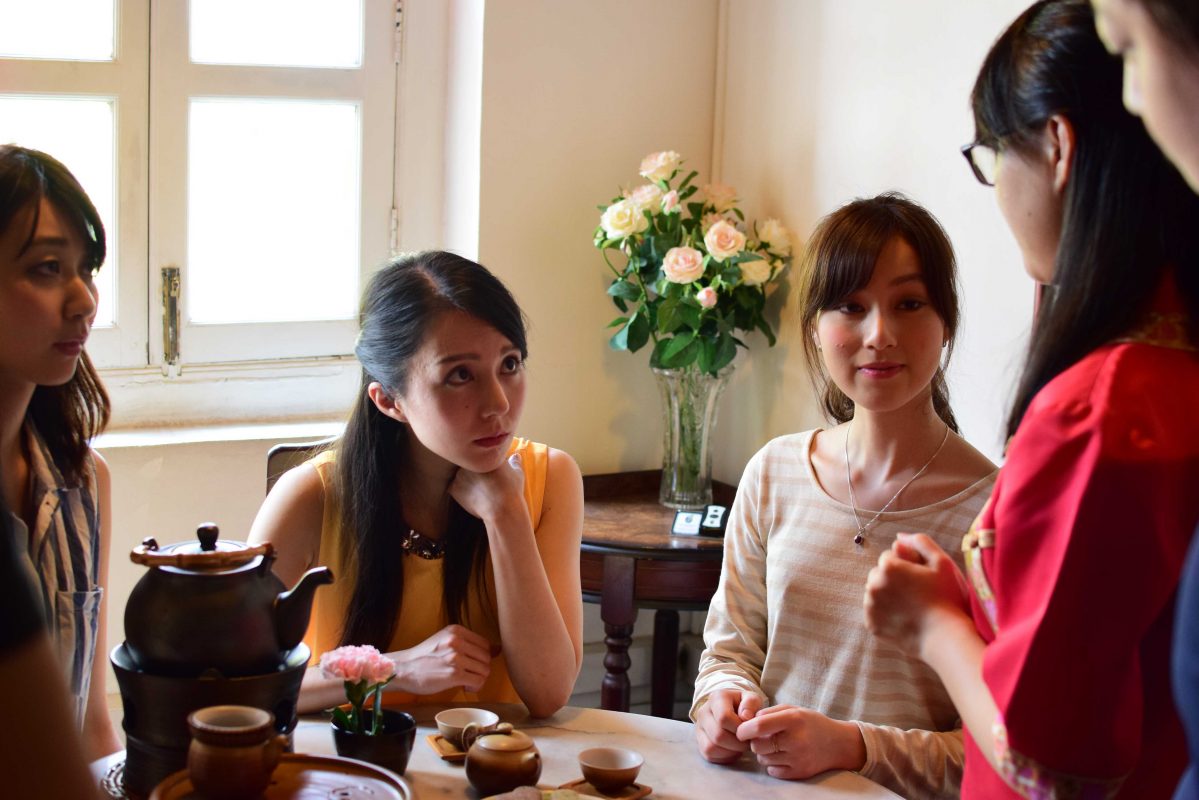
Benefits of Drinking Pu Er Tea Regularly
Pu Er Tea has been shown to have many benefits for the human body. It is rich in antioxidants, which help protect against and repair cells from the damage from free radicals. Pu Er Tea also lowers blood sugar levels and cholesterol in the body, while also helping regulate sleep cycles and mental health.
Pu Er Tea has been around for centuries! It is used as a part of traditional Chinese medicine and as a result, there are many different types of Pu Er tea that focus on specific things like lowering blood pressure or aiding digestive problems.
